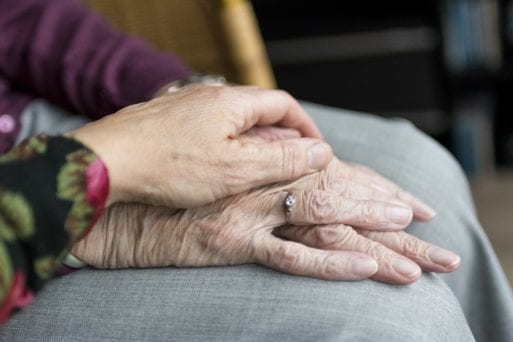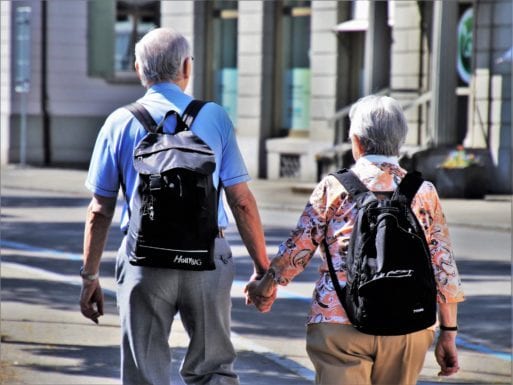
Ageism in healthcare is estimated to be costing the United States $63 billion per year. Ageism includes age discrimination, negative stereotypes about older individuals, and negative self-perceptions about aging. This can include patronizing language that’s altered or “infantilized,” and the denial of healthcare based on an individual’s advanced age. Both of these are common in societies throughout the world and are showing to have a huge impact on our economic and overall well-being.
The Cost of Ageism
While numerous studies have shown that those with negative self-perceptions about aging tend to have worse health as they age (including being twice as likely to experience cardiovascular events in later life), prior to this study published in The Gerontologist, it was hard to attach a price tag to the effects.
The study drew on research on the impact that ageism has, including discrimination against older individuals, stereotypes, and negative self-perceptions regarding aging. In order to calculate the cost of ageism (directed at people aged 60 and over), researchers then compared the healthcare costs of those who experienced high levels of ageism to those who did not.

After establishing the top eight healthcare conditions for those individuals, which include problems like cardiovascular disease, diabetes, and mental disorders, the one-year cost came to $63 billion (or, $1 of every $7 spent on those eight conditions).
These new findings show that ageism not only negatively affects the health of individuals, it also causes a significant economic cost in our healthcare system. The seriousness of the problem is put into perspective when one realizes there are approximately 600 million people around the world who are over 60 years old. And by 2025, the number will double, increasing to 2 billion by the year 2050.
How We Can Combat Ageism
The first step to addressing this problem is to open up the conversation so all generations can embrace a new understanding of aging. According to the World Health Organization, when an individual has a positive outlook on aging, their life expectancy increases by 7.5 years. If we start recognizing the diversity of the experience of older-age individuals, we can begin to dismiss the harmful stereotypes about aging that we hold.
 And if we are able to do so, we can begin to ease the burden of the cost of ageism on our healthcare system. But more importantly, we will be able to improve the health and quality of life of our entire society.
And if we are able to do so, we can begin to ease the burden of the cost of ageism on our healthcare system. But more importantly, we will be able to improve the health and quality of life of our entire society.

 What is the Cost of Ageism in the United States?
What is the Cost of Ageism in the United States?


 How Dare You Die Now!
How Dare You Die Now!

 “Help Me, Helen”
“Help Me, Helen”














